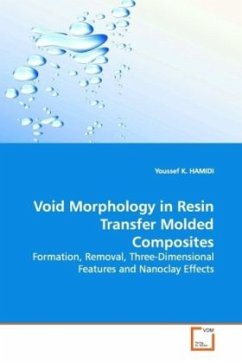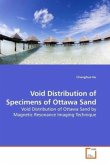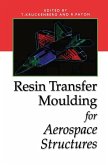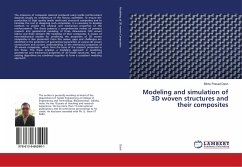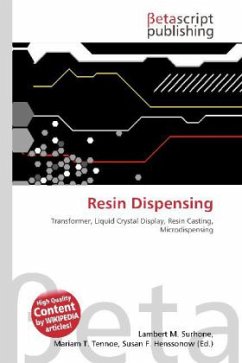Due to its versatility and low cost, Resin Transfer
Molding (RTM) has been a popular method for
manufacturing near-net-shape, geometrically complex,
composite parts. However, RTM composites
usually suffer from the formation of flow induced
defects such as voids and dry regions, which limits
their usage to structural or semi-structural parts.
Lowering or totally eliminating voids in RTM
composites involves understanding void morphology in
the molded parts. Detailed knowledge of the size,
shape, and spatial distribution of these voids can
be used to quantitatively model and predict molded
composites properties and the performance via finite
element analysis or other analytical methods.
Detrimental effects of voids on the structural
integrity of molded parts are well established. In
contrast, knowledge of detailed spatial and
morphological void distribution within a molded
composite is very limited. In this book, and in
addition to proposing post-fill pressure as an
effective void removal technique, we investigate the
effects of fiber and nanoclay content on void
morphology in RTM composites.
Molding (RTM) has been a popular method for
manufacturing near-net-shape, geometrically complex,
composite parts. However, RTM composites
usually suffer from the formation of flow induced
defects such as voids and dry regions, which limits
their usage to structural or semi-structural parts.
Lowering or totally eliminating voids in RTM
composites involves understanding void morphology in
the molded parts. Detailed knowledge of the size,
shape, and spatial distribution of these voids can
be used to quantitatively model and predict molded
composites properties and the performance via finite
element analysis or other analytical methods.
Detrimental effects of voids on the structural
integrity of molded parts are well established. In
contrast, knowledge of detailed spatial and
morphological void distribution within a molded
composite is very limited. In this book, and in
addition to proposing post-fill pressure as an
effective void removal technique, we investigate the
effects of fiber and nanoclay content on void
morphology in RTM composites.

